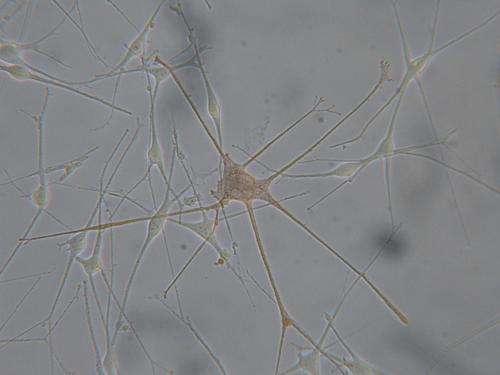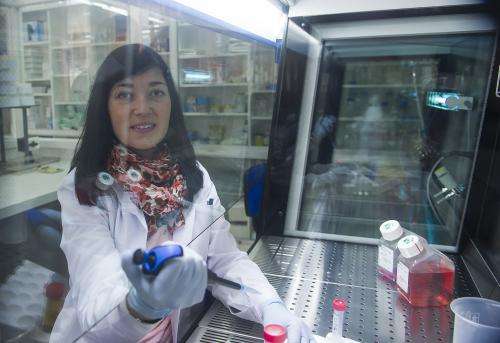A method for the diagnosis and prognosis of melanoma, the most aggressive skin cancer, is patented

UPV/EHU researchers have developed a method for the diagnosis and prognosis of cutaneous melanoma, the type of skin cancer with the highest mortality rate.This method will help not only in the more effective early detection of this cancer, but also in the development of more personalised treatments.
Melanoma is a malignant tumour resulting from the transformation of melanocytes, the cells that undertake to synthesise melanin, which protects us from the negative effects of solar radiation.Although melanoma is the least common among skin cancers, it is the one with the highest mortality rate, largely because of its high potential for metastasis.
That is why "early diagnosis is the best tool we have to date for saving patients.In fact, patients with early-stage melanoma have a survival rate of 95%, while5-year survival falls to 50% in patients with metastasis," explained Yoana Arroyo, researcher in the UPV/EHU's department of Cell Biology and Histology, where this research was carried out.
The "Tumour Markers and New Therapies" research group of the Department of Cell Biology and Histology has been working in the field of cutaneous melanoma for many years.Its work seeks to identify a set of markers that can be used in the diagnosis and/or prognosis of malignant melanoma or which are responsible for susceptibility."Our strategy began because we were looking for proteins whose expression might be altered in melanoma cells in comparison with normal melanocytes, and on the basis of that result we have been looking into the corresponding genes by studying their expression, mutations and epigenetics," pointed out Dr Arroyo.

The results confirmed that melanoma cells display characteristic patterns of gene and protein expression;these make it possible to distinguish between tumour and non-tumour status,and within tumour status, too, it is possible to pick out those cells with an invasive capacity and therefore more likely to lead to the onset ofmetastasis.So the researchers have identified new molecular biomarkers that are relevant in melanoma diagnosis, prognosis and susceptibility.
The quest for more personalised treatments
Right now, the UPV/EHU researchers are in the phase involving the validation of candidate genes by analysing their expression levels in biopsies of melanoma and nevi (growths of non-malignant melanocytes).The biopsies come from patients diagnosed at the University Hospitals of Cruces and Basurto.The aim is "to find a combination of molecular markers that will enable us to come up with the diagnosis and prognosis of the melanoma in the most effective way possible."
"This diagnosis method is a way of identifying those patients who are more likely to develop metastasis, so that their treatment and survival can be improved.This study could also open up new avenues of research for the development of new, more personalised treatments," explained Dr Arroyo.

















